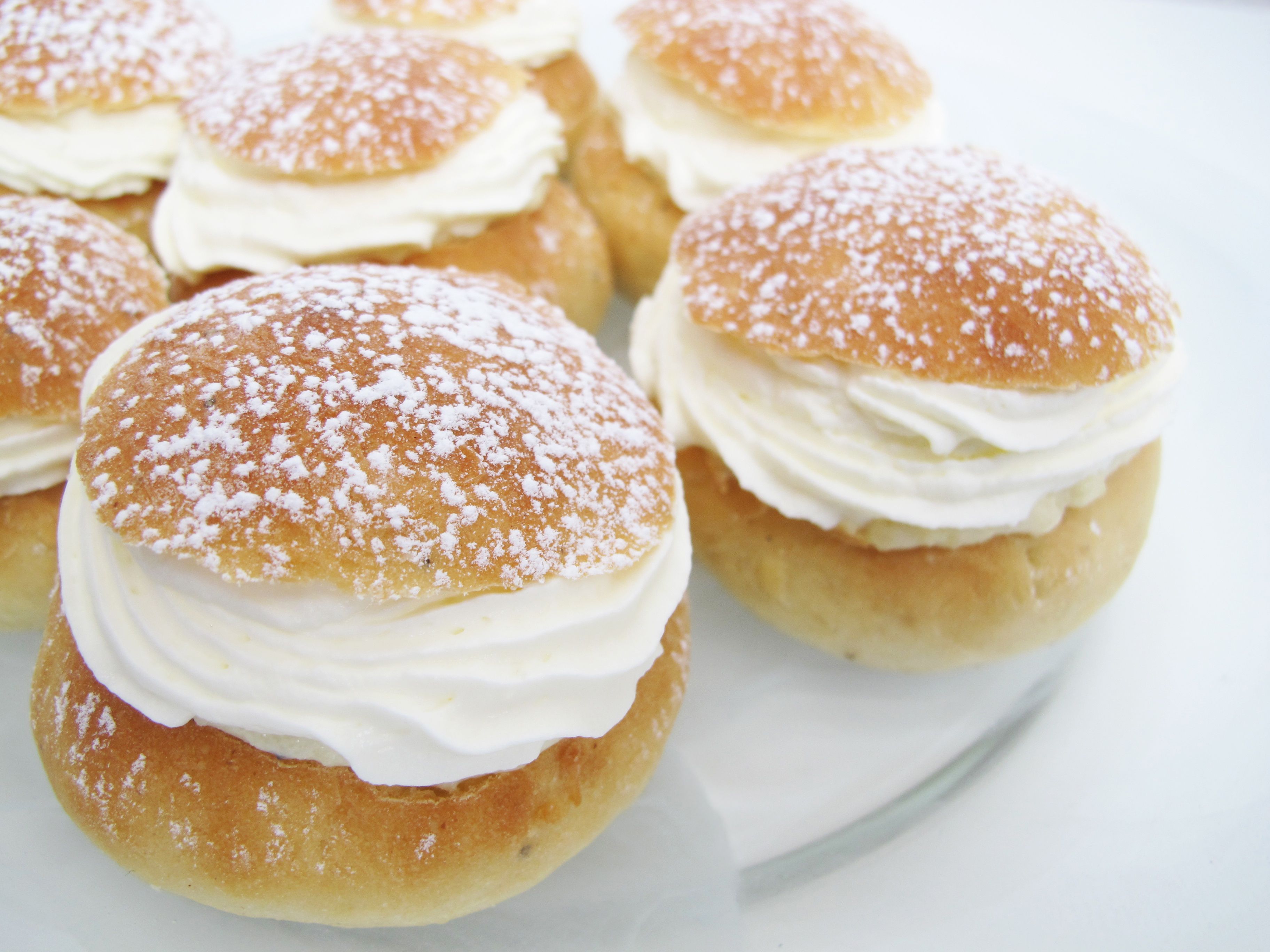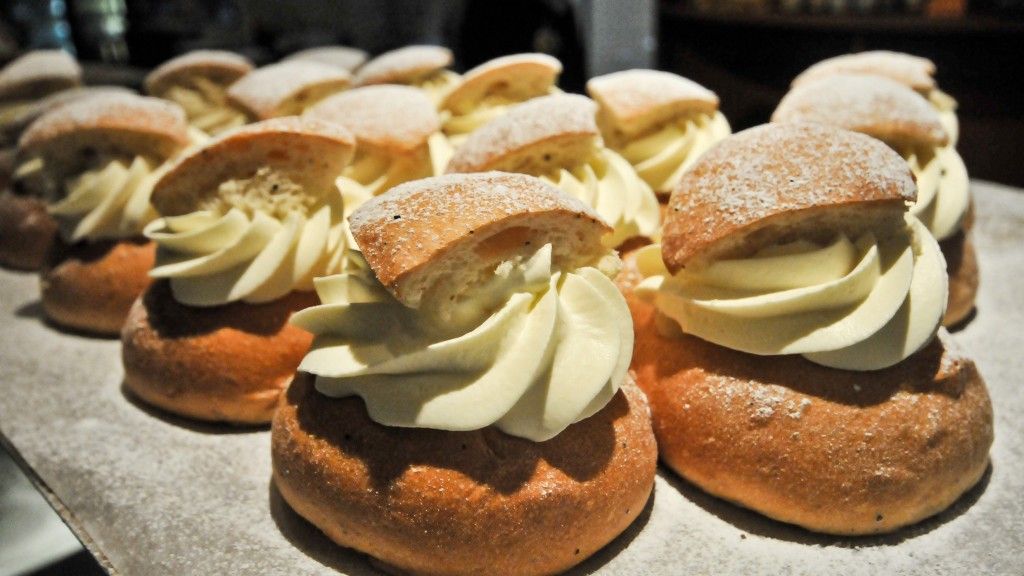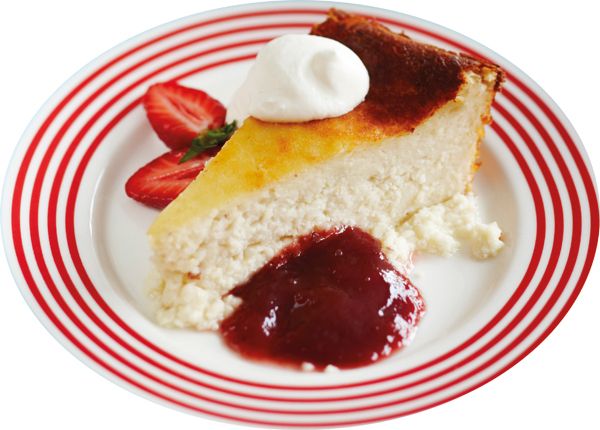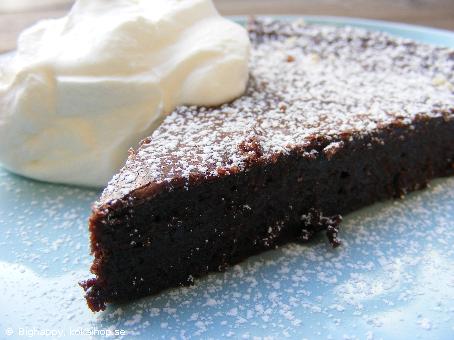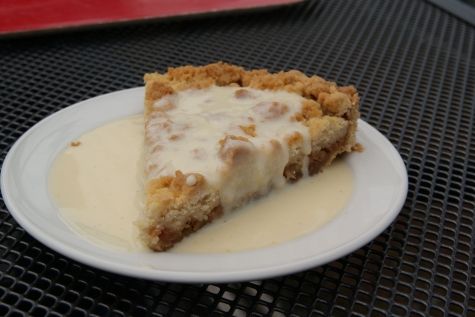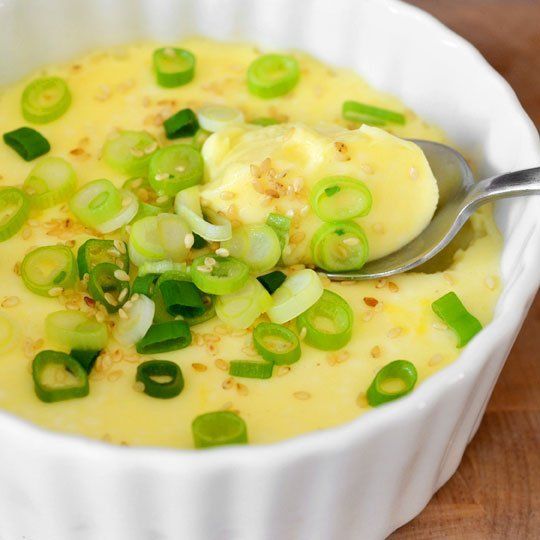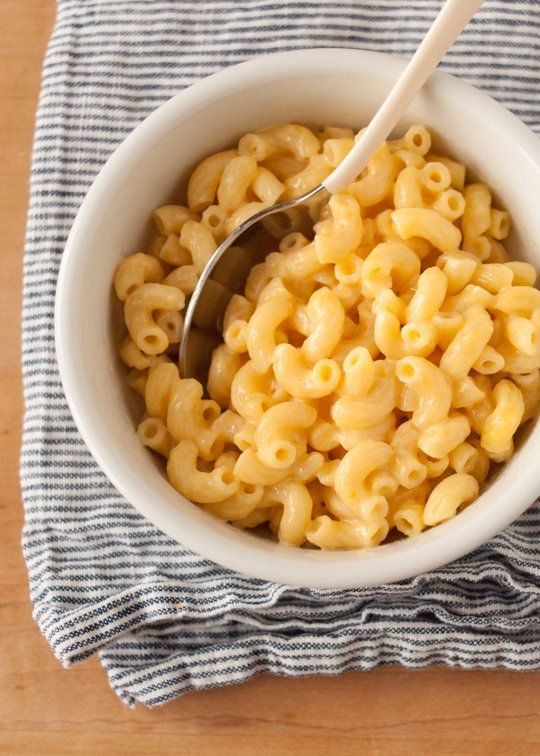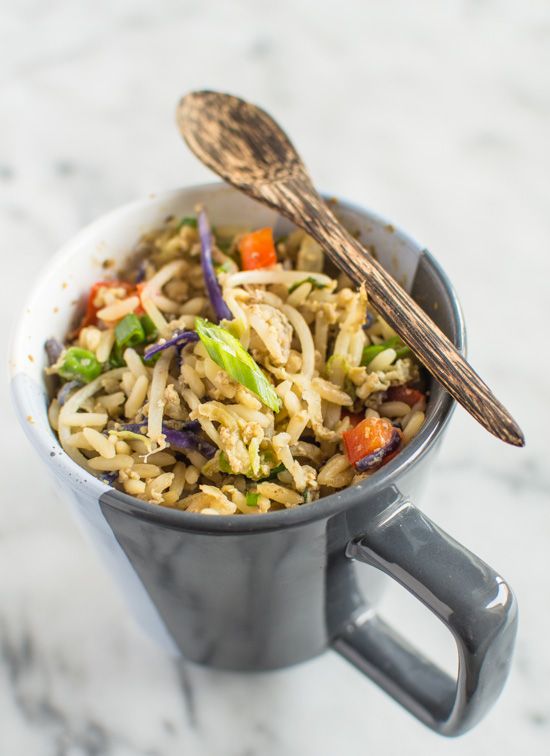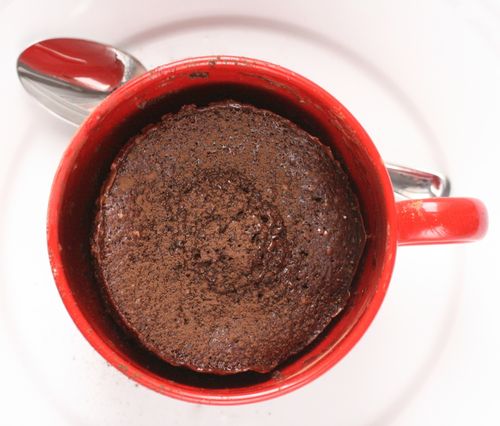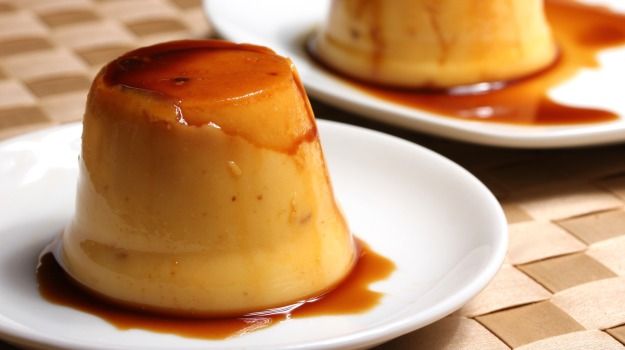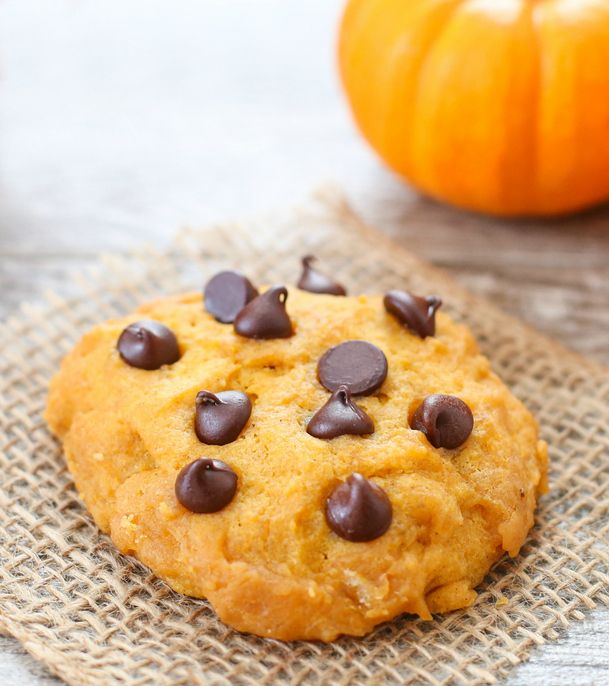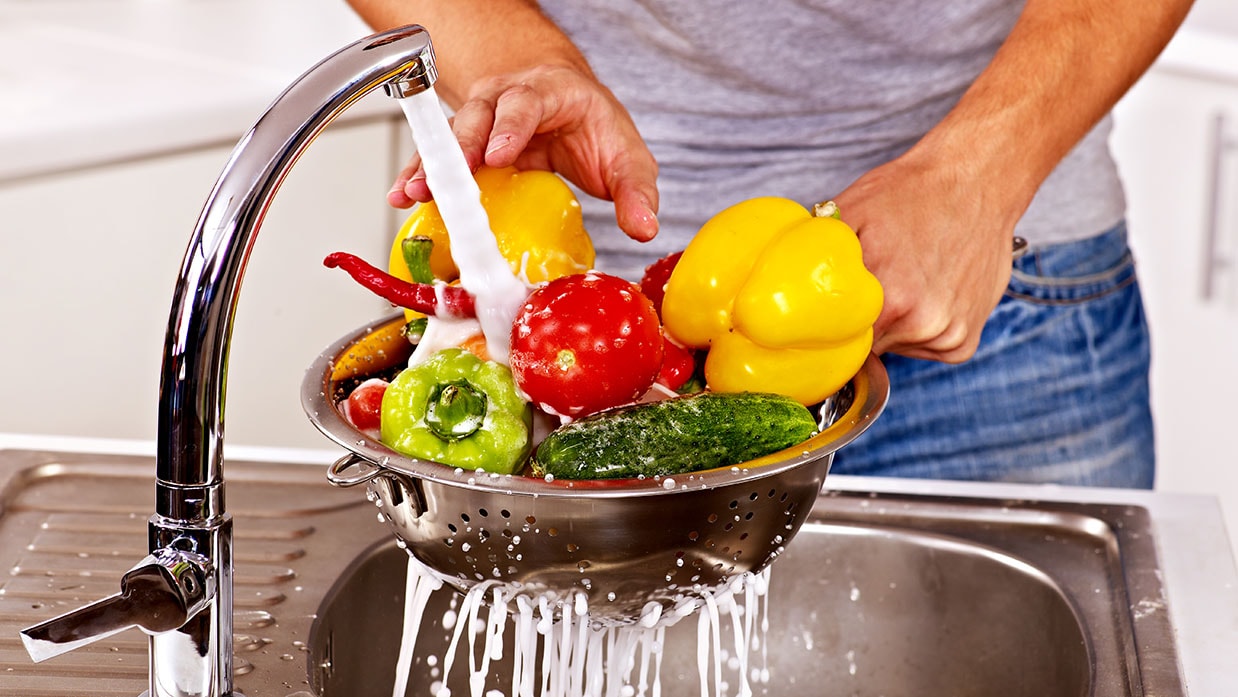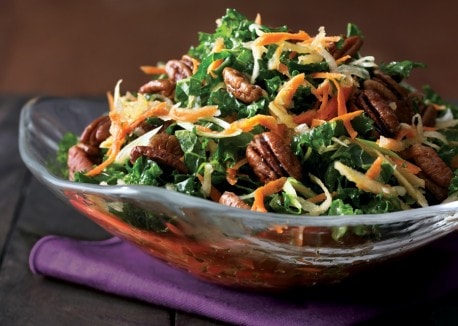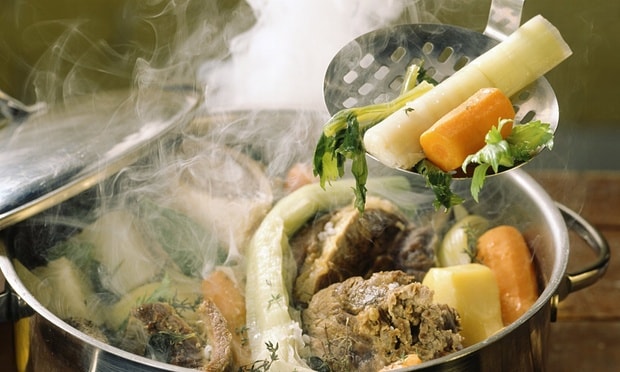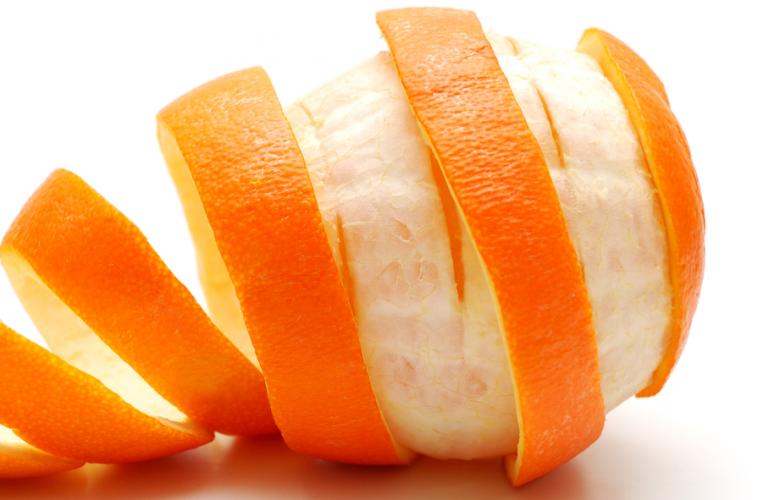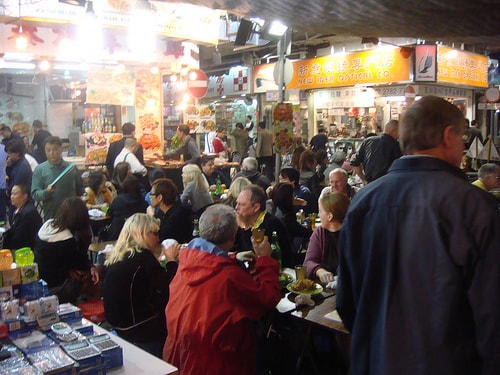7 Secret Recipes from Arab Locals
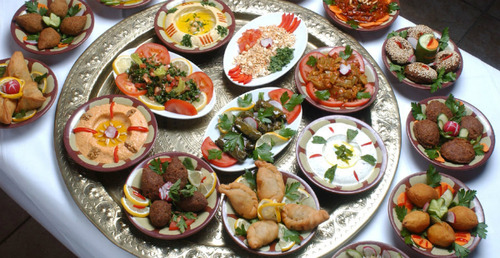
People can sometimes be hesitant and anxious about trying new food, especially if it contains ingredients you have never heard of. Middle Eastern cuisine, owing to the vastness of the land and the people it originates from, is rich beyond comprehension, both in taste and ingredients. Also, it’s vegan heaven! Arab countries offer tasty traditional food to tourists around the world. Whether its Abu Dhabi, Saudi Arabia, Dubai or Ajman, you will get the chance to enjoy the best, tasty and traditional Arab food everywhere. But if you still want to make middle eastern wonders at home, the following seven are the most traditional recipes of Arab cuisine which you must try at least once in your life!
1. Manakeesh
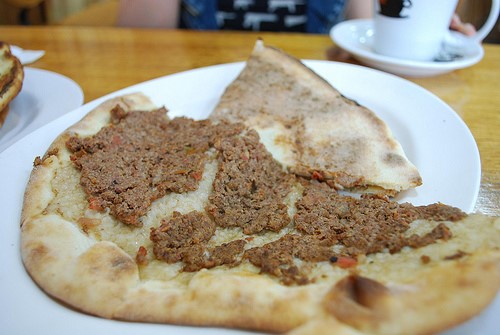
Manakeesh is the Arabic pizza of sorts. It is made of authentic Arabic Lebanese flat breads, topped with an exquisite selection of marinated meat, vegetables, and a multitude of Arabic spices and herbs. It is difficult to think of a lavish breakfast table in the middle east without a manakeesh at its centre. Here is the low down on how to make this delicious Arabic food.
Ingredients:
- 2 ¼ lb flour
- 2 cup of warm water
- Fresh zaater oil
- 2 tbsp dry yeast
- 4 tbsp olive oil
- 1/3 cup grated akawi cheese
- 1 tbsp salt
Method:
- Stir yeast in ¼ cup of warm water and leave it aside for an hour to become active.
- Add 1 tbsp of salt in flour, along with some olive oil over it. Add the remaining cups of water on it and mix them together into a soft dough.
- Roll out the dough into a medium sized thickness and spread the fresh zaater oil all over the surface
- Place the dough on the baking sheet and top it up with 1/3 cup of grated akawi cheese.
- Bake in your oven for about 6 min at 650 F.
- Serve with fresh tomatoes and pickled cucumber.
2. Humus
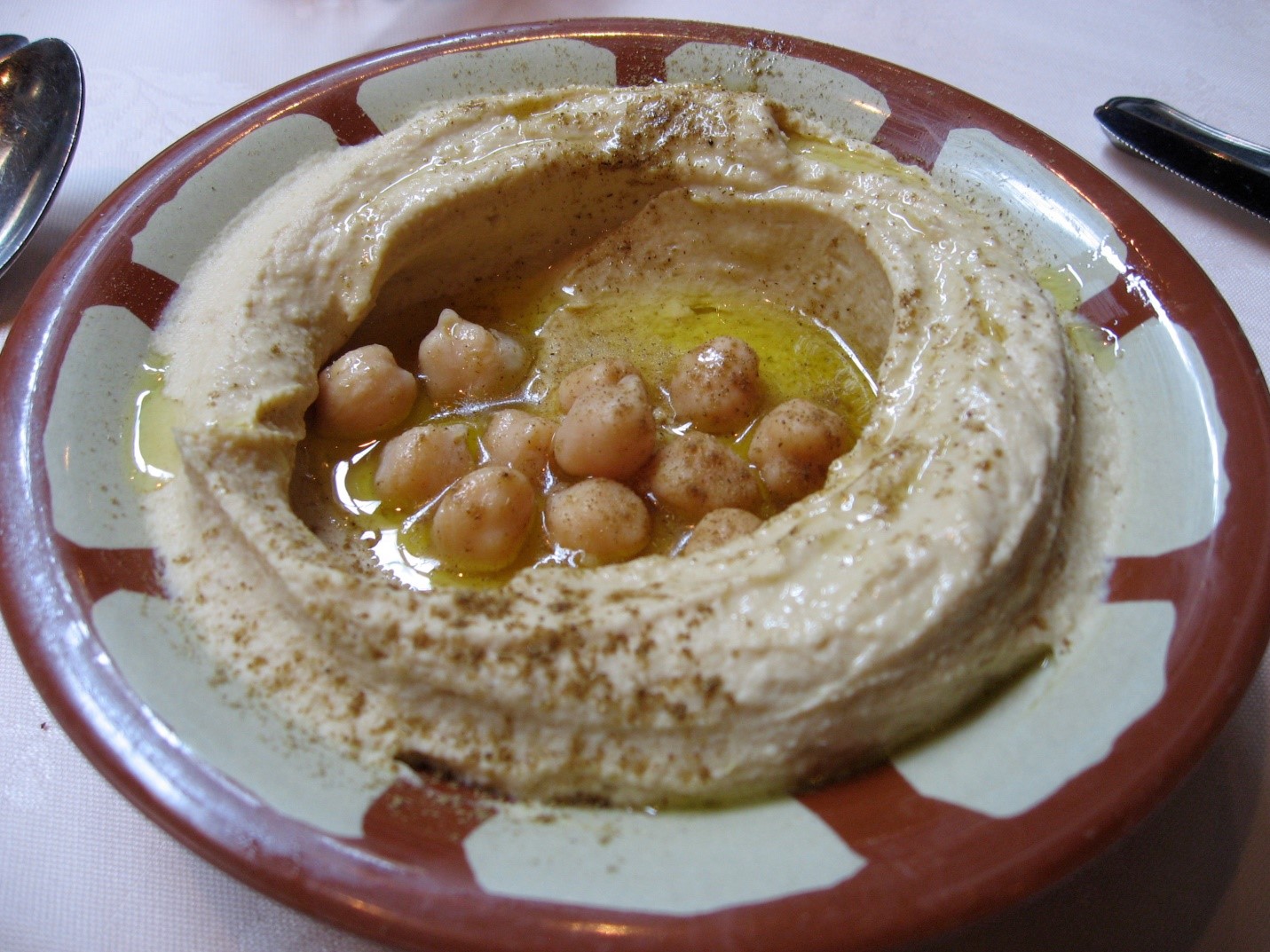
Humus is a traditional, local Arabic dip. It is mostly served with warm pita bread. It is a popular cuisine from Arab locals especially in Turkey, Morocco, Dubai, Saudi Arabia and Israel.
Ingredients:
- 2 lemon juice
- 3 tsp sesame seeds
- 300 gm chickpeas
- 2 chopped garlic cloves
- Salt (to taste)
- 1 tsp olive oil (for garnishing)
- 1 tsp Paprika (for garnishing)
- Spring parsley (finely chopped for garnishing)
Method:
- Soak chickpeas for overnight and boil in a deep saucepan until tender.(cooking time : 135 – 140 min)
- Reserve the cooking water.
- Grind chickpeas in a blender with lemon juice, garlic, salt and sesame seeds.
- Add cooking water into the blender and blend the mixture to make a dip of soft creamy consistency.
- Garnish with parsley, paprika and olive oil.
3. Kabsa

Kabsa is a exuberant looking family of dishes made from basmati rice, meat, vegetables, and a unique blend of spices. Kabsa originated from Yemen and is served as a traditional dish in Saudi Arabia, Dubai, Qatar, Jordan and Kuwait. Kabsa can be made in a number of ways, the recipe differs in almost every household! But as long as it looks grand, you got your kabsa right.
Ingredients:
- 1 kg chicken (cut into pieces)
- ¼ cup vegetable oil
- 2 sliced onion
- 12 oz tomato puree
- 2 medium chopped tomatoes
- 4 chopped cloves of garlic
- 2 grated carrot
- 1 grated orange
- 4 cloves
- 4 Cardamom
- 3 Cinnamon sticks
- Pepper and salt to taste
- 1 kg rice
- ¼ cup Raisins
- ¼ cup sliced almonds
Method:
- Saute 2 medium sliced onion until it begins to brown.
- Add chopped tomatoes, tomato puree, chicken pieces and garlic and stir for 5 min over low heat.
- Stir in 3 cups of hot water, grated orange, grated carrot, salt, pepper and spice.
- Cook over medium heat for about 20-25 min, until chicken is done.
- Set aside to keep warm.
- Stir rice into the liquid in the pan and cook.
- Cover the pan over low heat for about 35-40 min or until liquid is absorbed.
- Put rice on a serving platter, with chicken pieces spread all around.
- Toss almonds and raisins over and serve.
4. Matchbous
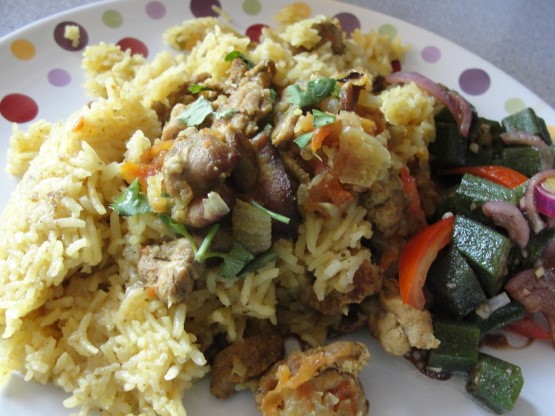
Matchbous is an Arabian cuisine made from spiced lamb, tomato, rice and stew. Matchbous is a classic Khaleji dish. With the very first bite of your Matchbous, you will experience a burst of intriguing taste stemming from intense flavour of cooked rice and lamb. To broaden the spectrum of your taste, you need to give this recipe a try.
Ingredients:
- 2 tsp ghee
- 1.5 kg lamb shoulder
- 2 roughly chopped onions
- 1 tsp Baharat
- 5 cloves
- 1 tsp turmeric
- 2 peeled tomatoes
- ½ tbsp powdered loomi
- 3 pieces of cassia bark
- 2 cups of rice
- ½ cup coriander (chopped)
- Water (750 ml)
- 3 tsp salt
- 6 cardamom pods
Method:
- Saute the onions in a large pan, over a medium heat, until they turn transparent.
- Add turmeric and Baharat and cook until the onions and spices are thoroughly mixed.
- Coat the lamb pieces with spices, cook until the lamb browns.
- Add salt, tomatoes and the other spices.
- Cover the pan and simmer for about 15 min.
- Add coriander and water to the pan.
- Cover the pan tightly and cook over a low heat for about 2 hours, or until the meat is tender.
- Add the rice, bring the pan to the boil. Cook for about 20-25 min over a low heat, until the rice is cooked.
- Turn off the heat and remove the cover.
- Stir the mixture.
- Serve with green salad and yogurt.
5. Baklava
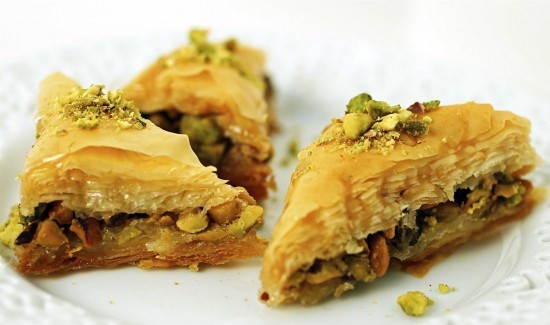
This rich pastry made with layers of filo and chopped nuts, held together by honey and syrup is bound to satisfy your sweet tooth! This beautiful dish drenched in light syrup is a gift from the old Ottoman Empire to the world. Even in the Middle East it is considered a ‘presentation’ dish and reserved for special occasions because of its expensive ingredients. (But don't worry, feel free to make it at home at impress at dinner parties!)
Ingredients:
For the Filling
- 8 oz finely chopped almonds
- 4 oz finely chopped walnuts
- 2 oz caster sugar
- 2-3 tsp bread crumbs
- 2 tsp cinnamon
- 1/8 tsp cloves
For the syrup
- 1 lb sugar
- 16 fl oz water
- 1 stick cinnamon
- 1 tsp lemon juice
For the cover
- 5 oz unsalted butter
- 12 oz packet filo pastry
Method:
- Mix all the ingredients under ‘filling’ in a bowl.
- Mix all the ingredients under ‘syrup’ together in a saucepan and bring it to boil, with continuous stirring for the sugar to dissolve.
- Simmer for 10 min.
- Leave it to cool.
- Brush a 12 x 10 baking dish with butter.
- Brush 10 sheets of filo with melted butter.
- Lay the sheets one by one on the dish.
- Now, spread the ‘filling’ in the dish.
- Now top it off again with further 10 to 12 sheets of filo and brush them with melted butter.
- Score the top layers into large diamond shapes with a sharp knife.
- Bake in oven (160 C) for about 1 hour or until the top turns golden brown.
- Remove from oven and pour the syrup over the top.
- Leave it for 5-6 hours to absorb the syrup.
- Serve.
6. Shanklish
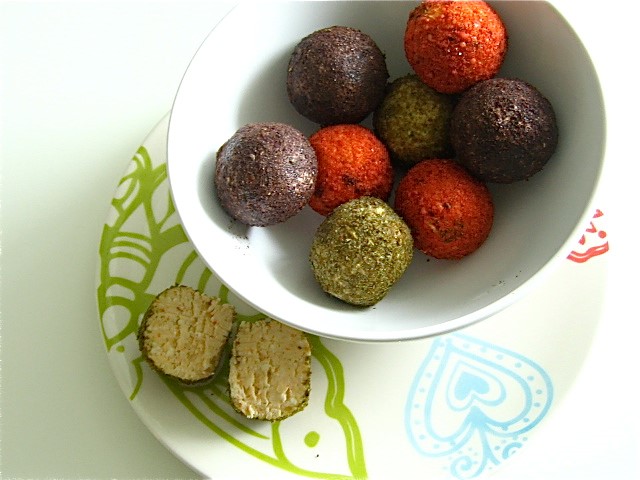
Shanklish is a type of sheep’s milk or cow’s milk cheese in Arab cuisine, which is made into very small balls. The balls are then covered in za’atar, a typical Arabic herb, and Aleppo pepper. The balls are then stored and dried for a long period before they can be eaten. It has a strong flavor and odor.
Ingredients:
- 1 cup water
- 1 tsp smoked paprika
- 3 quarts plain yogurt
- 2 tsp crushed hot pepper
- 1 tsp coarse sea salt
- Za’atar seasoning for coating
Method:
- Combine everything in a saucepan except the za’atar.
- Stir and boil the mixture until curds separates.
- Stain it through a colander, lined with cheese cloth.
- Shape the cheese into small balls, when its cool enough to handle.
- Dust a palte with za’atar and roll the shanklish in the spice to coat them.
- Refrigerate before you serve.
7. Falafel
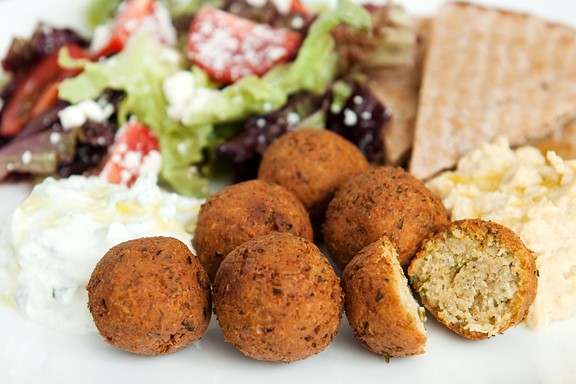
Our very own recipe! Falafels from Operation Falafel are crunchy balls or fritters of chickpea or other pulses, deep fried until golden brown. They are commonly sandwiched in pita bread with tahini sauce and hummus in pita bread (delicious!) You don't know the true feel of a falafel until you have one for yourself. And we have just the place for you to get started: Operation Falafel, Dubai.
Ingredients:
- 1 chopped onion
- 16 oz dried chickpeas
- 2 chopped cloves of garlic
- 3 tsp chopped parsley
- 1 tsp coriander
- 1 tsp cumin
- 2 tsp flour
- Salt
- Oil (for frying)
- Pepper
Method:
- Soak dried chickpeas in water for overnight.
- Drain chickpeas and place them in fresh water.
- Bring to a boil for 5 min.
- Let simmer on low for about 1 hour.
- Drain water from chickpeas and allow to cool for 15 min.
- Combine onion, garlic, flour, chickpeas, cumin, pepper and salt (to taste) in a bowl.
- Mash chickpeas and mix the ingredients together.
- Form the mixture into small balls (size of a ping pong ball) and then slightly flatten the balls.
- Fry at 360 degree in 2 inches of oil, until golden brown.
- Serve.
Image credits: 1 | 2 | 3 | 4 | 5 | 6 | 7 | 8 |
[icegram campaigns=”612″]

